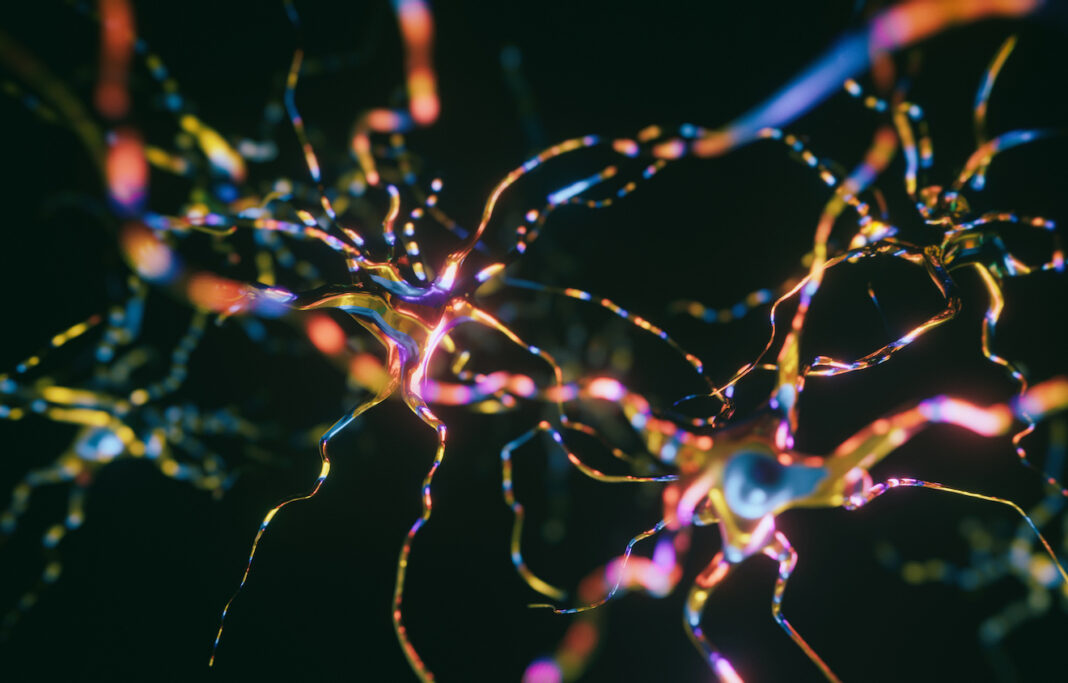Research from scientists at Albert Einstein College of Medicine, Northwestern University, and elsewhere indicates that forming long-term memories requires DNA damage and brain inflammation. The findings are published in a paper in Nature titled, “Formation of memory assemblies through the DNA-sensing TLR9 pathway.”
According to the paper, the researchers found that a stimulus sets off a cycle of DNA damage and repair in certain hippocampal neurons that leads to stable memory assemblies or clusters of brain cells that capture memories. It’s an interesting finding because “inflammation of brain neurons is usually considered to be a bad thing, since it can lead to neurological problems such as Alzheimer’s and Parkinson’s disease,” said Jelena Radulovic, MD, PhD, study leader, professor of psychiatry and behavioral sciences, and neuroscience chair at Einstein. “But our findings suggest that inflammation in certain neurons in the brain’s hippocampal region is essential for making long-lasting memories.”
The team identified the mechanism in mice by giving them brief, mild shocks and then analyzing neurons in the hippocampus where memories are formed. Their analysis revealed activity in genes involved in the toll-like receptor 9 (TLR9) pathway. “This inflammatory pathway is best known for triggering immune responses by detecting small fragments of pathogen DNA,” Radulovic explained. “[A]t first we assumed the TLR9 pathway was activated because the mice had an infection. But looking more closely, we found, to our surprise, that TLR9 was activated only in clusters of hippocampal cells that showed DNA damage.”
Activities in the brain can induce small breaks in DNA that are quickly repaired. However, in the population of hippocampal neurons, the DNA damage appeared more substantial and sustained. DNA fragments and other molecules released by the damage seemed to trigger the activation of the inflammatory pathway in the mouse neurons.
Once activated, the pathway prompted the formation of DNA repair complexes at the centrosomes. Instead of their traditional role as coordinators of cell division, these centrosomes participated in cycles of DNA repair that appeared to organize individual neurons into memory assemblies. The researchers also observed that the mouse memory-encoding neurons changed in various ways over time including becoming resistant to new or similar environmental stimuli. “This is noteworthy,” Radulovic noted, “because we’re constantly flooded by information, and the neurons that encode memories need to preserve the information they’ve already acquired and not be ‘distracted’ by new inputs.”
Finally, blocking the TLR9 pathway in the neurons prevented mice from forming long-term memories and also caused genomic instability, which is one of the signs of accelerated aging as well as in psychiatric and neurodegenerative disorders.







